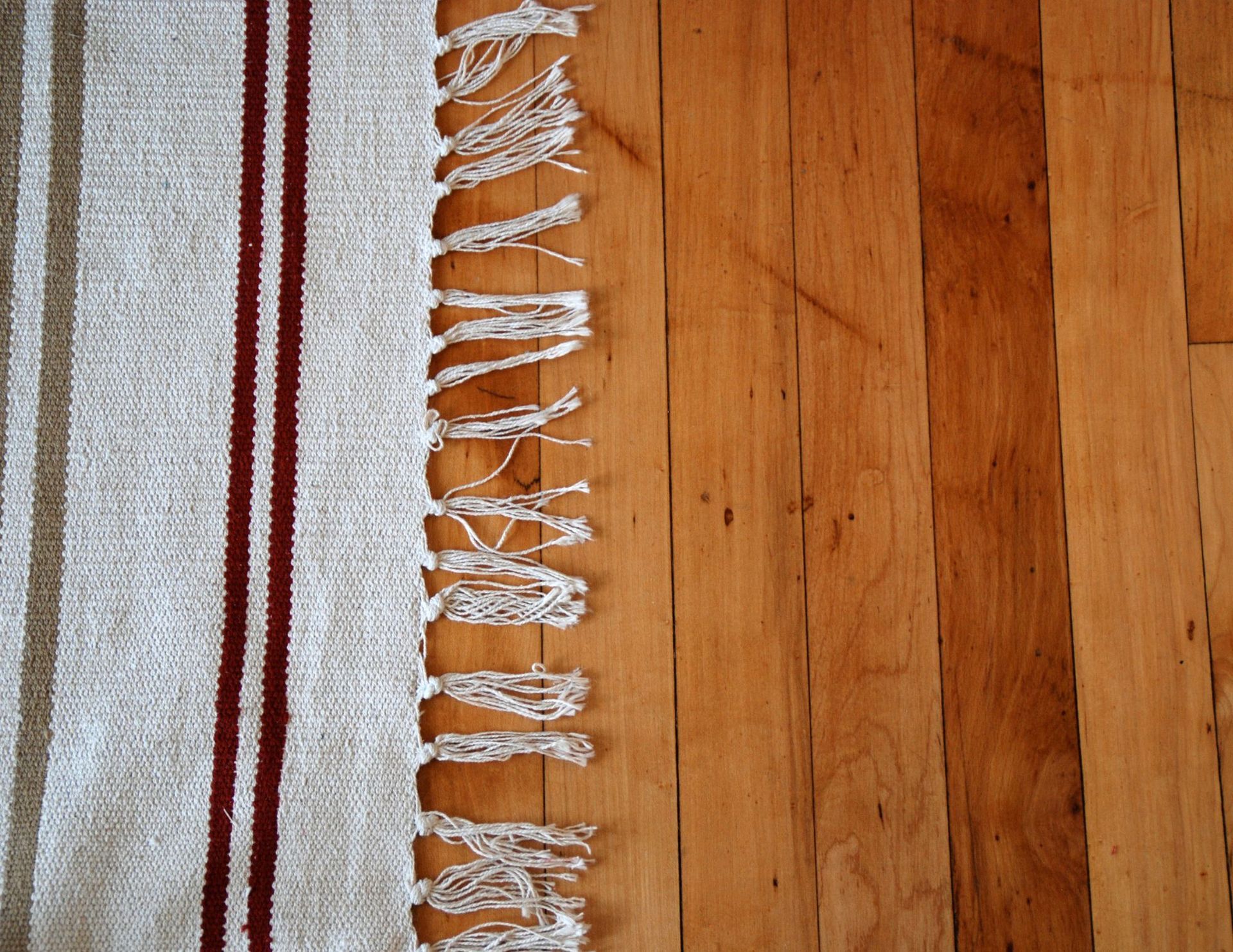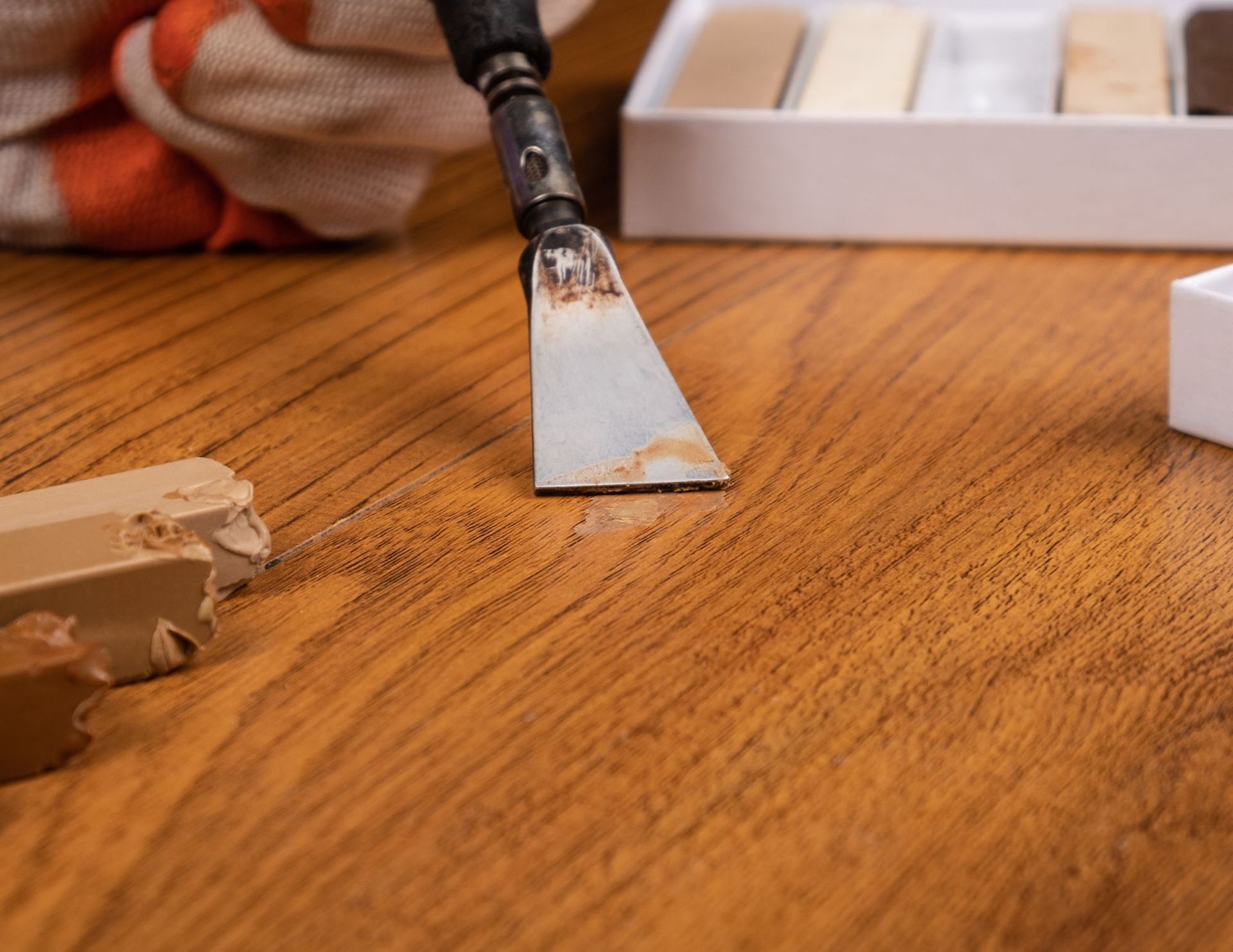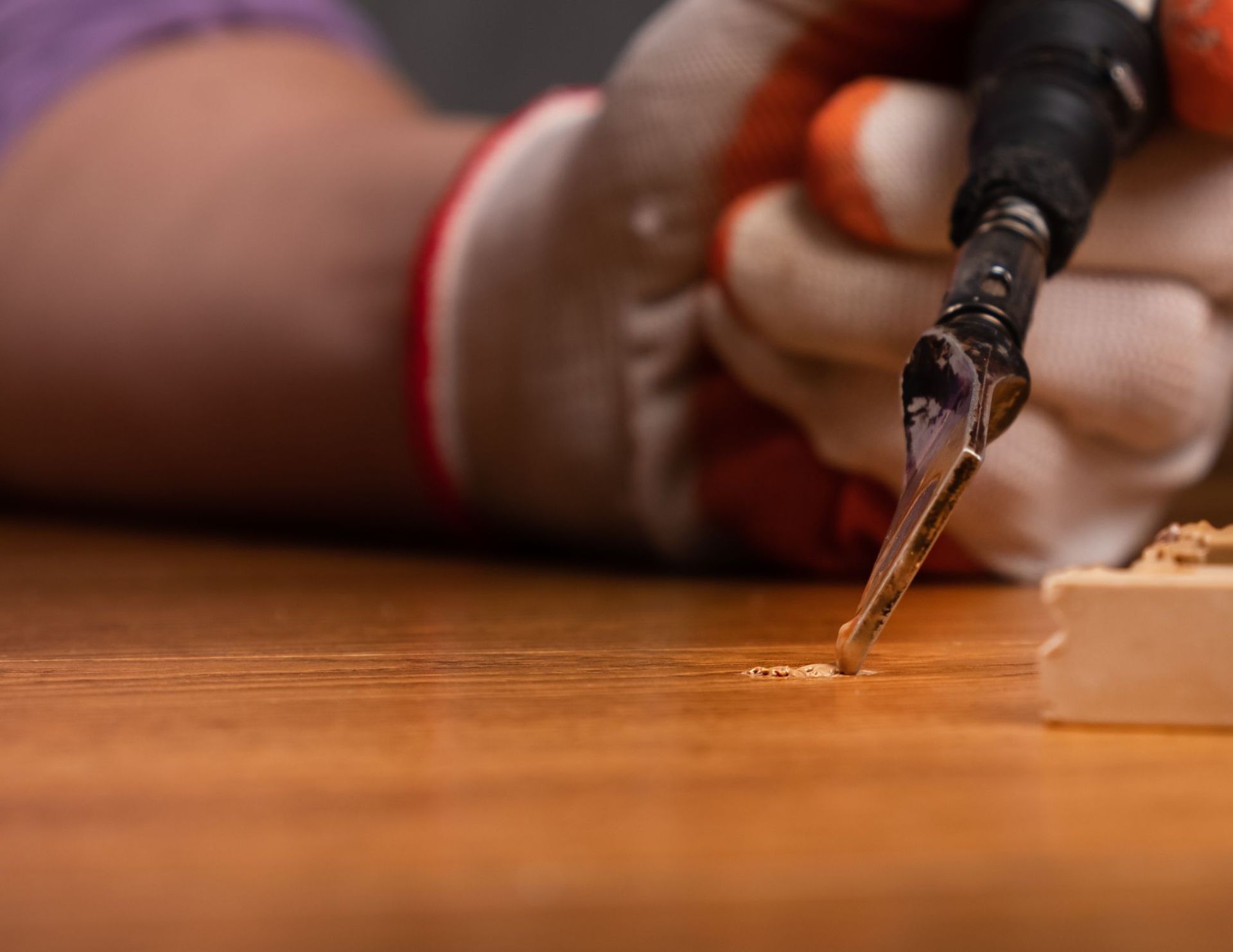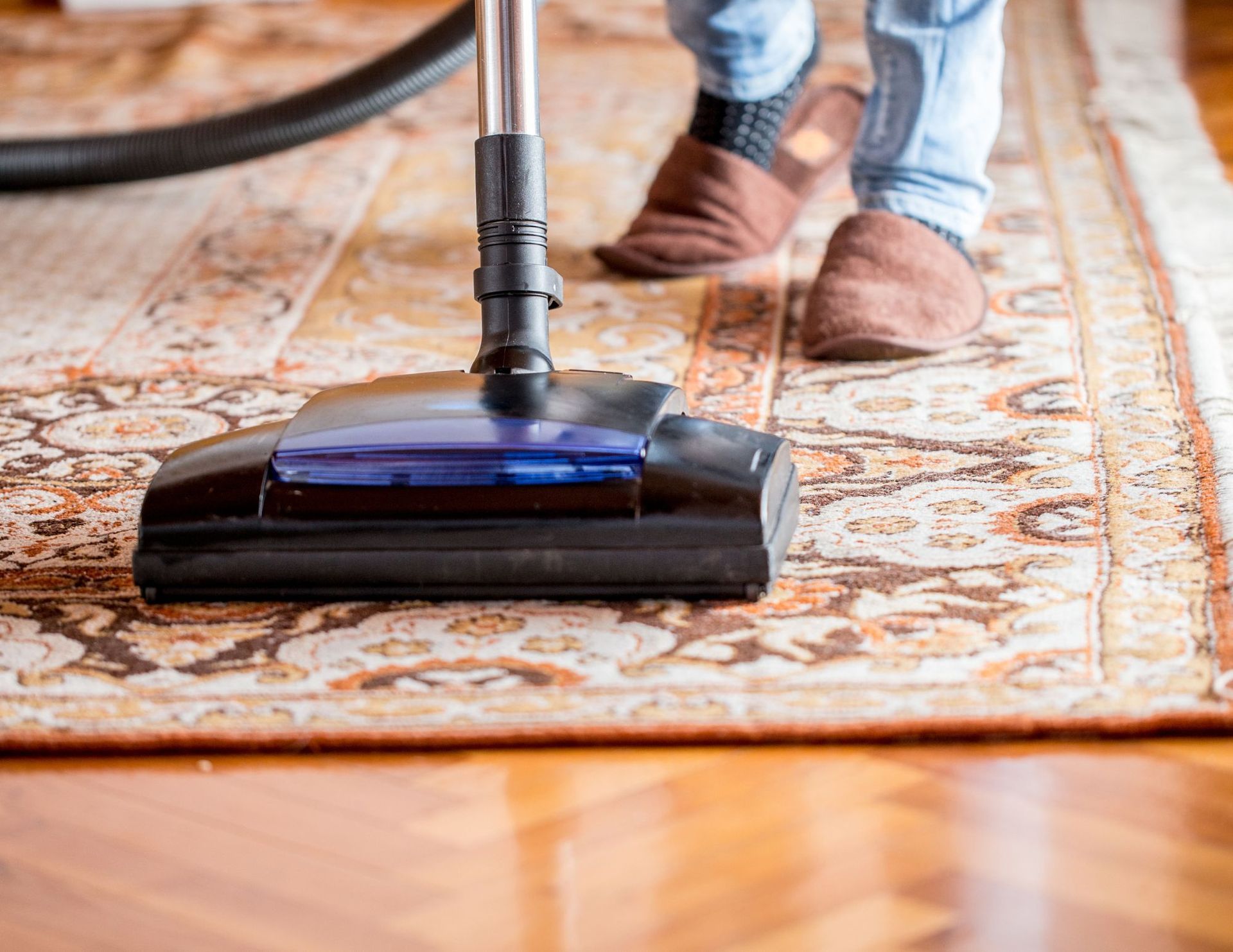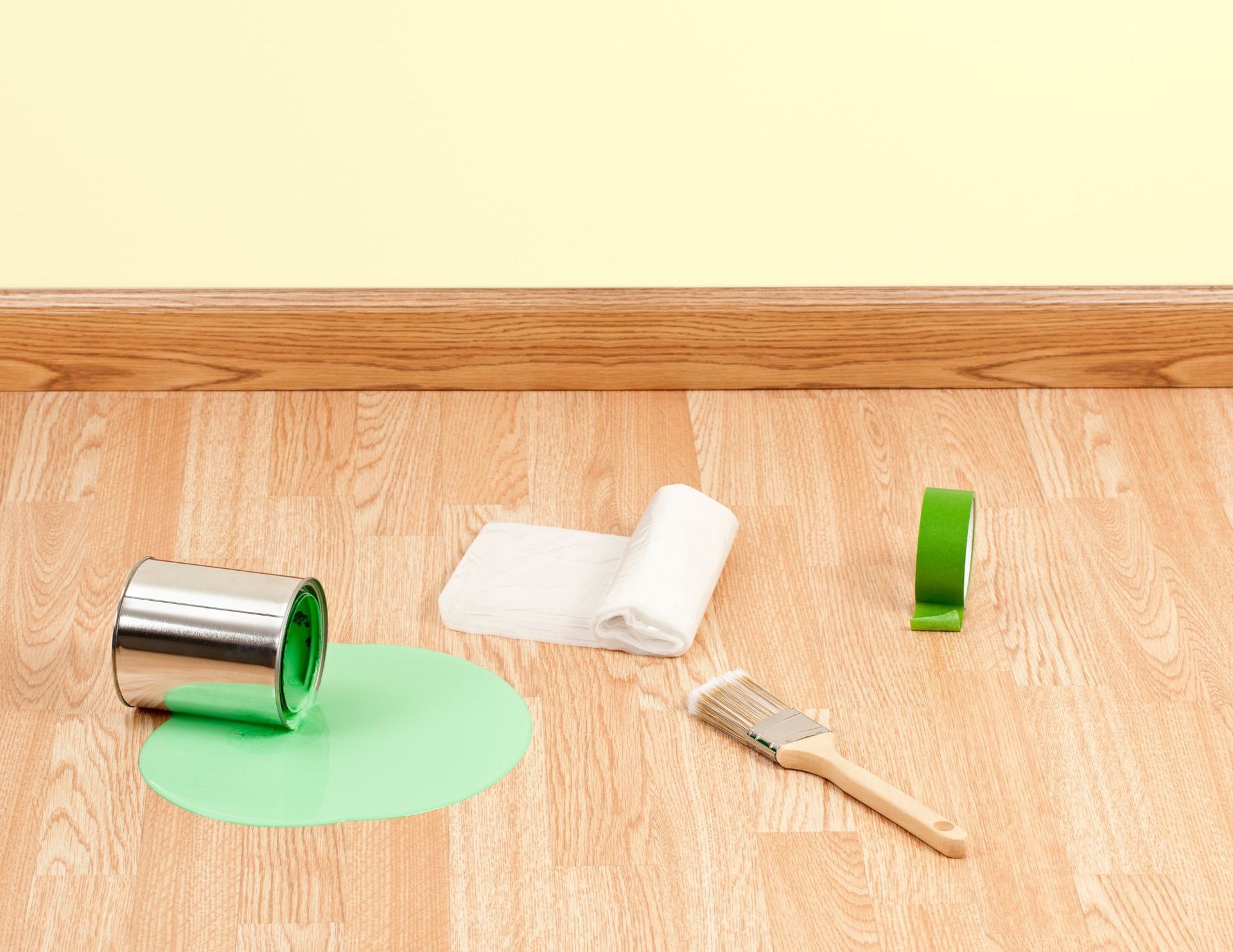Different Types of Hardwood Floor Finishes
Understanding Hardwood Floor Finishes: A Comprehensive Guide
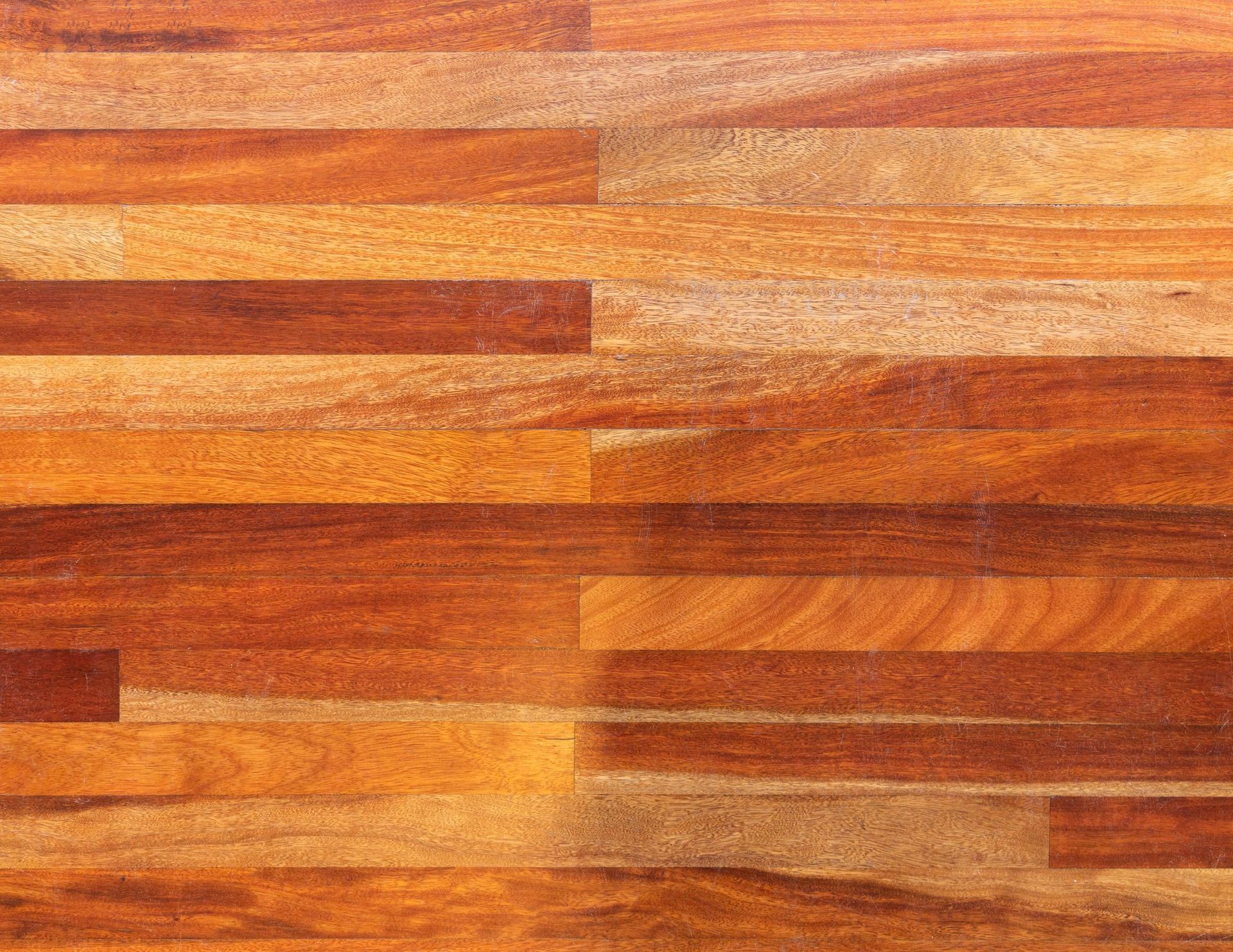
Hardwood floors are not only beautiful but also durable, adding elegance and warmth to any space. One of the crucial elements in maintaining and enhancing the appearance of hardwood floors is choosing the right finish. Different types of finishes offer varying levels of protection, aesthetics, and maintenance requirements. Let's delve into the various hardwood floor finishes and the unique benefits each type provides.
1. Polyurethane Finish
a. Oil-Based Polyurethane
Benefits:
- Durability: Oil-based polyurethane provides excellent durability, protecting hardwood floors from scratches, stains, and moisture.
- Enhanced Appearance: It enhances the natural color of the wood, giving it a warm and amber tone.
- Longevity: Offers long-lasting protection and requires less frequent reapplication compared to other finishes.
Considerations:
- Drying Time: Longer drying time, which might require staying off the floors for several days.
- Volatile Organic Compounds (VOCs): Higher VOC content compared to water-based alternatives, leading to stronger fumes during application.
b. Water-Based Polyurethane
Benefits:
- Quick Drying: Dries faster than oil-based polyurethane, allowing for quicker use of the floors.
- Low Odor and VOCs: Contains fewer VOCs, emitting less odor and making it a more environmentally friendly option.
- Clarity: Provides a clear finish that retains the natural color of the wood without yellowing over time.
Considerations:
- Durability: Although durable, it might require more frequent recoating compared to oil-based polyurethane.
- Cost: Generally more expensive than oil-based polyurethane.
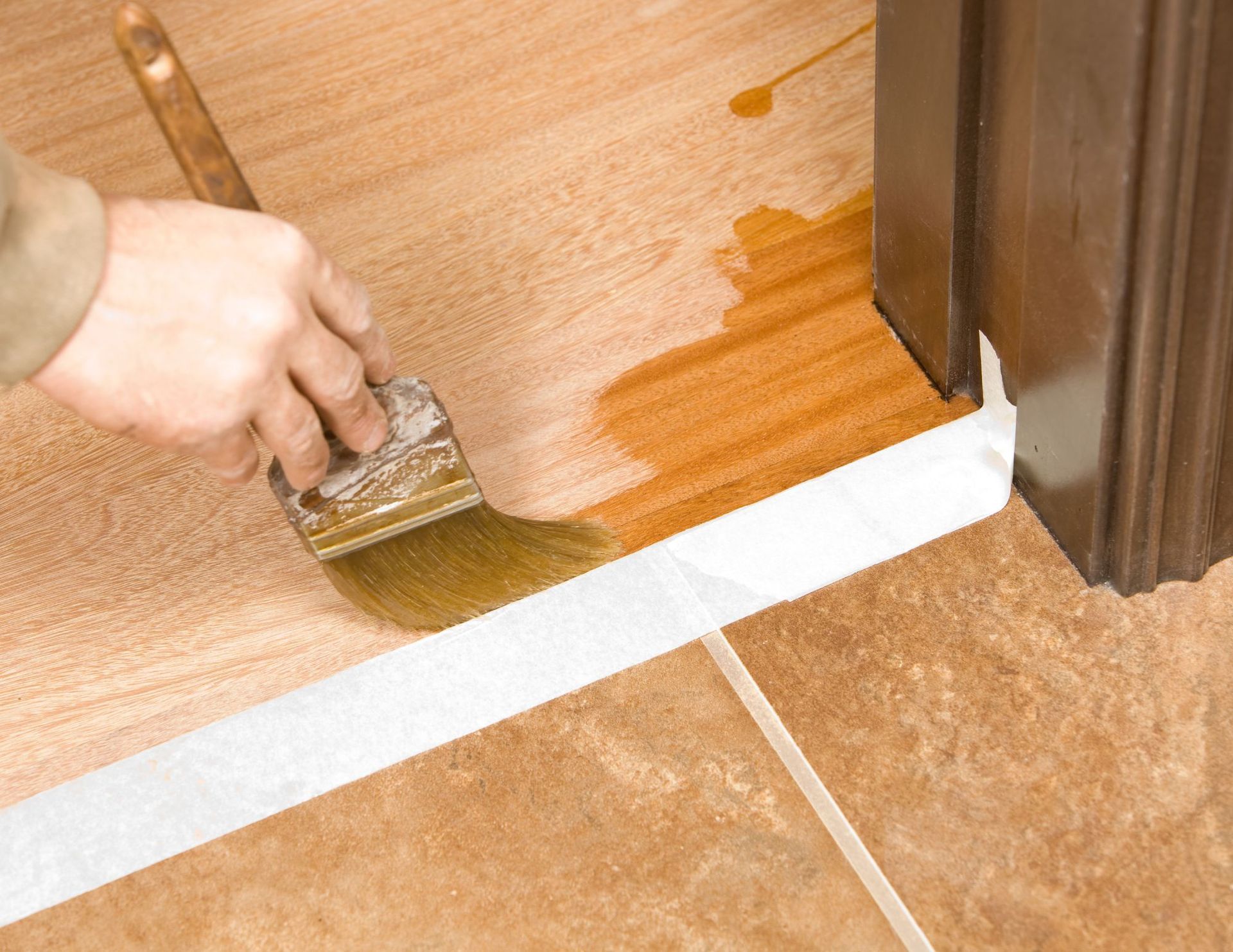
2. Hardwax Oil Finish
a. Oiled Finish
Benefits:
- Natural Appearance: Enhances the wood's natural appearance, providing a matte finish that doesn’t create a plastic-like layer on top of the wood.
- Spot Repair: Allows for easy spot repairs without the need to refinish the entire floor.
- Breathability: Allows the wood to breathe, making it suitable for humid environments.
Considerations:
- Maintenance: Requires regular re-oiling to maintain its protective properties.
- Curing Time: Longer curing time compared to some other finishes.
b. Wax Finish
Benefits:
- Natural Aesthetics: Provides a soft sheen and a warm, natural appearance to the wood.
- Repairable: Easy to repair localized scratches or damage by reapplying wax.
- Environmentally Friendly: Often contains natural ingredients, making it an environmentally friendly choice.
Considerations:
- Maintenance: Regular waxing is necessary to maintain the finish.
- Durability: Less resistant to moisture and scratches compared to some other finishes.
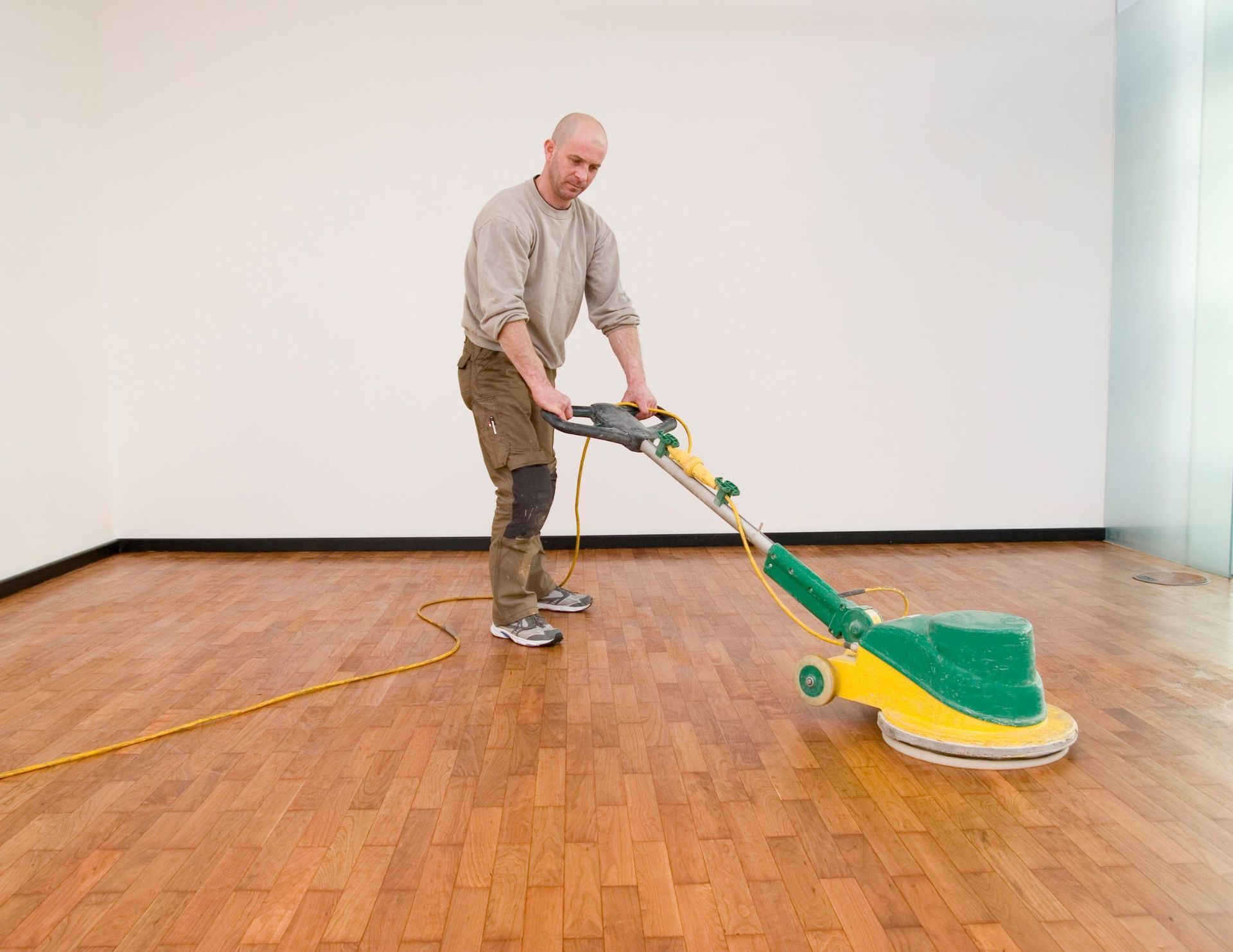
3. Penetrating Oil Sealer
a. Tung Oil
Benefits:
- Natural Finish: Enhances the natural appearance of the wood while offering good protection.
- Water Resistance: Provides decent water resistance without creating a surface film.
- Easy Application: Easy to apply and repair.
Considerations:
- Drying Time: Requires longer drying time compared to some other finishes.
- Maintenance: Requires periodic reapplication to maintain its protective properties.
b. Linseed Oil
Benefits:
- Natural Appearance: Offers a natural and warm finish that highlights the wood's grain.
- Environmentally Friendly: Often made from natural ingredients, making it an eco-friendly choice.
- Easy Repair: Simple to spot-repair scratches or damaged areas by reapplying the oil.
Considerations:
- Drying Time: Longer drying time, which might require staying off the floors for a few days.
- Maintenance: Needs periodic reapplication to maintain protection.
4. Lacquer Finish
a. Acid-Cured or Catalyzed Finish
Benefits:
- Durability: Offers exceptional durability and resistance to wear, scratches, and moisture.
- Fast Drying: Dries quickly, allowing for faster use of the floors.
- Low Maintenance: Requires minimal upkeep due to its robust nature.
Considerations:
- Professional Application: Often requires professional application due to its toxic and hazardous nature.
- VOCs: High VOC content, emitting strong fumes during application.
b. Water-Based Lacquer
Benefits:
- Low Odor and VOCs: Contains fewer VOCs, emitting less odor and making it a more environmentally friendly option.
- Quick Drying: Dries faster than oil-based finishes, allowing for quicker use of the floors.
- Clarity: Provides a clear finish that retains the natural color of the wood without yellowing over time.
Considerations:
- Durability: May require more frequent recoating compared to other finishes.
- Application: Might need more coats for achieving similar durability to oil-based alternatives.
How to Choose the Right Finish for Your Hardwood Floors?
Consider the Following Factors:
- Durability Requirements: Assess the level of traffic and wear the floor will endure.
- Aesthetic Preferences: Determine the desired sheen, color enhancement, and natural appearance.
- Maintenance Commitment: Evaluate the time and effort you're willing to invest in maintaining the finish.
- Environmental Impact: Consider eco-friendly options with lower VOC content if environmental concerns are paramount.
Conclusion
Selecting the appropriate hardwood floor finish involves balancing factors such as durability, aesthetics, maintenance, and environmental impact. Understanding the distinct advantages and considerations of each type of finish allows homeowners to make informed decisions that suit their preferences and lifestyle. Whether opting for a protective polyurethane coat, a natural oil finish, or a durable lacquer, the right choice will enhance the beauty and longevity of your hardwood floors for years to come.
Looking for professional hardwood floor refinishing in Calgary? We're here and ready to help. Get a free quote today!

